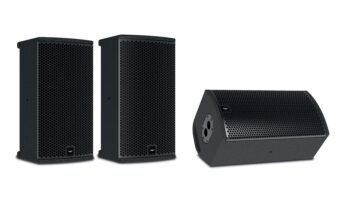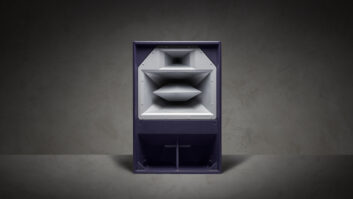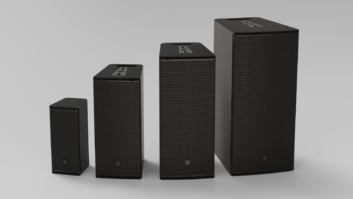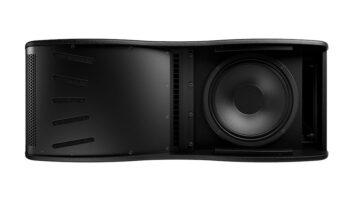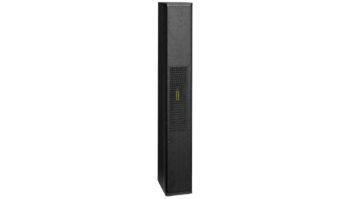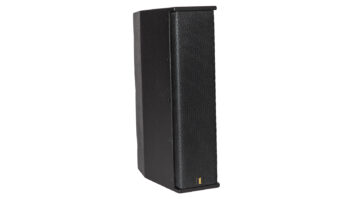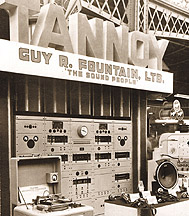
Founded in 1926 by Guy R. Fountain, Tannoy built its first discrete, two-way speaker systems in 1933, followed by mics, amplifiers and test gear. During World War II, Tannoy produced communications and announce systems for civilian factory and military applications, to the extent that “heard over the Tannoy” became a universal generic term for P.A. systems that’s still used today.
After the war, Tannoy focused on high fidelity. In 1947, Tannoy engineer Ronald Rackham created the Dual Concentric® design, combining a 15-inch woofer and compression driver, with the woofer cone forming a wide-dispersion horn. Unlike other coaxial designs—which either hung a tweeter in front of the woofer cone or “piggybacked” a separate compression driver on the back of the woofer magnet—Tannoy’s Dual Concentric design had the voice coils of both the LF and HF drivers sharing a single magnet structure.
Although intended as a precision transducer for microphone measurement and test applications, the wide, smooth response and high 92dB (1w/1m) efficiency of the original Dual Concentric “Monitor Black” made for a successful debut at London’s Radio Olympia expo in 1948 (shown in photo). Decca Records bought the first six units for its studios. Later versions—such as Tannoy’s Red and Gold monitor series—made Dual Concentric designs a worldwide studio standard, while the DSP control in Tannoy’s new Precision and Ellipse models take the technology to a new level.
Click here to check out a vintage Tannoy Dual Concentric spec sheet.

